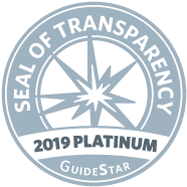The Secret to Better Writing
“Writing comes from reading, and reading is the finest teacher of how to write.”
– Annie Proulx
The first time I met Dr. Phoebe Stubblefield, she began our conversation with, “I see so many awful writers in college.” Not the most eloquent way to begin a conversation, but I figured there was a point to her claim. I just watched her. Hoping she would continue with her thought. She did. “Do you know why?”
I didn’t.
“Because they don’t read. Do you read?”
A very pointed question from Dr. Stubblefield. Like she expected me to say “No, I used to” or “I just don’t have time.” To her delight, I nodded my head with fervor. I’ve been an avid reader since age 8. I was a good writer too, but I never connected the two until I recognized the disappointment this woman felt for her less eloquent students.
Good readers make good writers.
What makes a good writer?
In an interview with Scholastic, Taylor Swift said “I wouldn’t be a song writer if it wasn’t for the books I loved as a kid … When you can escape into a book, it trains your imagination to think big.”
Now, there is some validity to Taylor’s opinion about books expanding your imagination. A 2011 study on good writers showed one key skill good writers have over poor writers is a “high [working memory] capacity”. Merriam-Webster defines working memory as “memory that involves storing, focusing attention on, and manipulating information for a relatively short period of time”.
Your short-term memory might help you to remember what someone has just said to you, for example, but your working memory would allow you to recite it to them backwards or pick out the first letter of each word.
—Jonathan K. Foster
After that Jonathan Foster quote, you might be thinking, No thanks. That sounds like too much work. or How would I improve my working memory anyway? But Amanda Morin, parent advocate and former teacher on understood.org, offers eight simple ways to help your children develop a strong working memory: two of which directly relate to reading!
Draw a picture
The first is working on visualization skills. You know how sometimes when you read, you forget the words and the book becomes a movie in your head? That’s visualization and it’s a strong indicator of a good working memory.
One way to help kids develop their visualization skills is to ask them to draw a picture about what they just read. The act of committing the mental image to paper asks kids to draw on (no pun intended) and use their short-term memory effectively.
For our DIBS teachers, we offer journal pages to help students think about what they are reading. One of the journal pages features Dewey DIBS asking the students to draw a picture about what they read in their DIBS book last night.
Parents who want to try this journal page at home can download it here.
Write in your books
I know to some of you, that phrase makes your heart skip a beat, but it isn’t so much about physically marking your books as it is about reading them purposefully.
Morin’s next tip related to reading is to encourage active reading. When I was in high school, my CIHS English teacher advised her class to never read without a pencil for underlining and note-taking. This didn’t make sense to me at first, but I tried it and I began to retain books better. As a result, many of the books I read around that time have notes in the margins and my favorite quotes underlined. Active reading forces us to slow down and digest what we are reading. The habits of note-taking, underlining, or highlighting texts help us store the information “long enough to answer questions about it.”
Talk it out
Another way to encourage active reading (without allowing your kids to mark up your
beautiful pages) is to have a conversation about the book. Ask them questions about plot, characters, setting, favorite parts, etc. Not only does talking about the book improve working memory, but it gets kids excited about reading. This is actually an activity we suggest to our DIBS teachers; we call them Student Share-Outs. 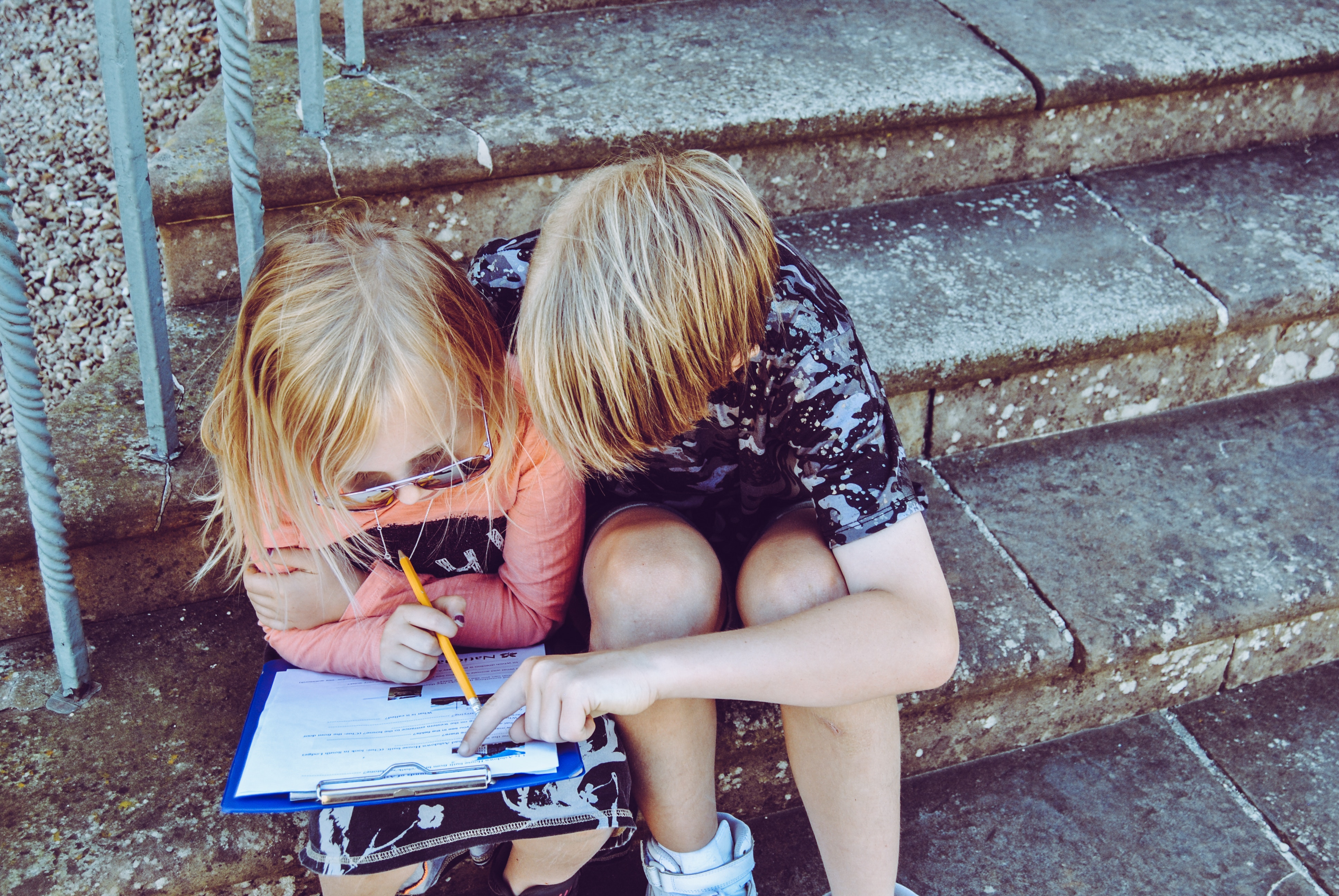
These three simple actions to take when reading can make children better readers and improve their working memory, which makes them better writers. And no matter your profession, the ability to eloquently commit thoughts to paper (or screen) is admirable.
About DIBS for Kids
DIBS for Kids is a non-profit literacy program for elementary students. Our classroom-based book distribution system brings the power of the library to the convenience of the classroom. We provide teachers with the resources and support they need to send home a great book with each student every night.
Follow us on Facebook, Twitter, and Instagram @dibsforkids for reading tips and DIBS updates from our mascot, Dewey DIBS.
Hi! My name is Reina Cloyd! I’m an AmeriCorps VISTA Member serving as the Marketing Associate for DIBS for Kids this year. I love reading. I love learning. I’m currently a graduate student at UNO.
Between work and school, I can be found on the couch watching baking shows, crafting shows, and Criminal Minds with my wonderful husband and our pets.
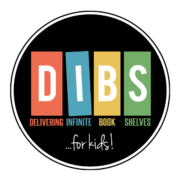


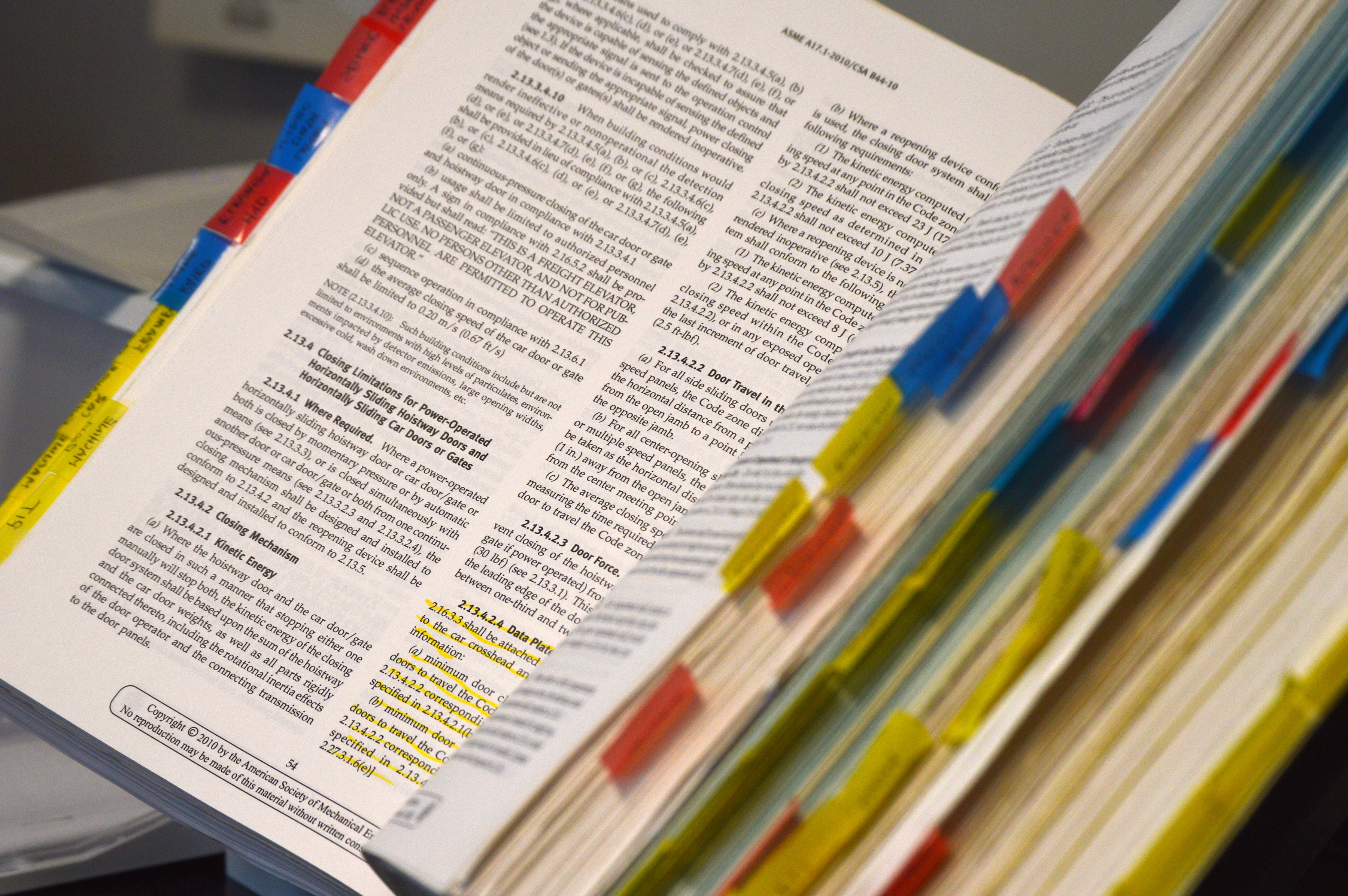

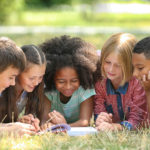 Previous Post
Previous Post Next Post
Next Post